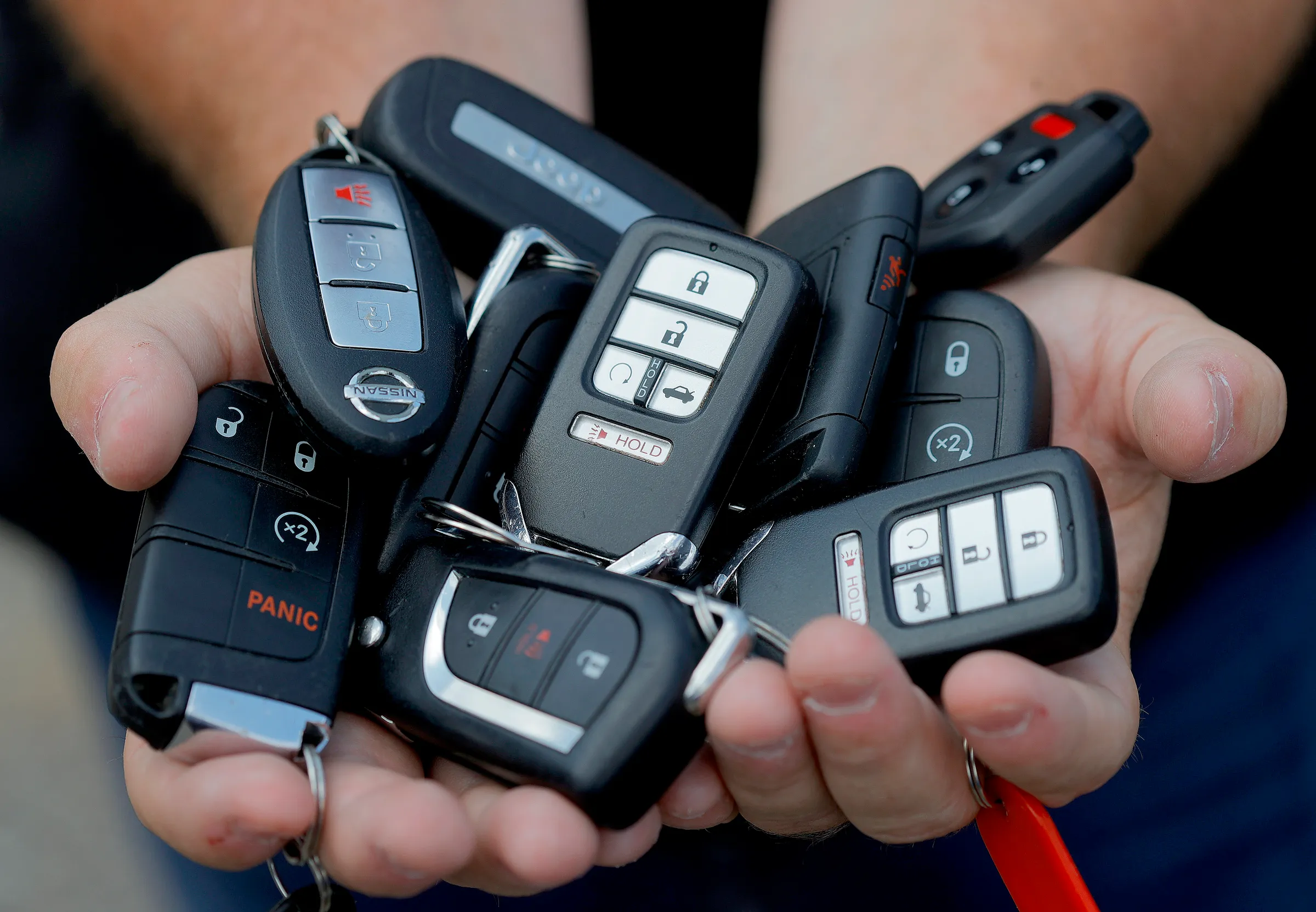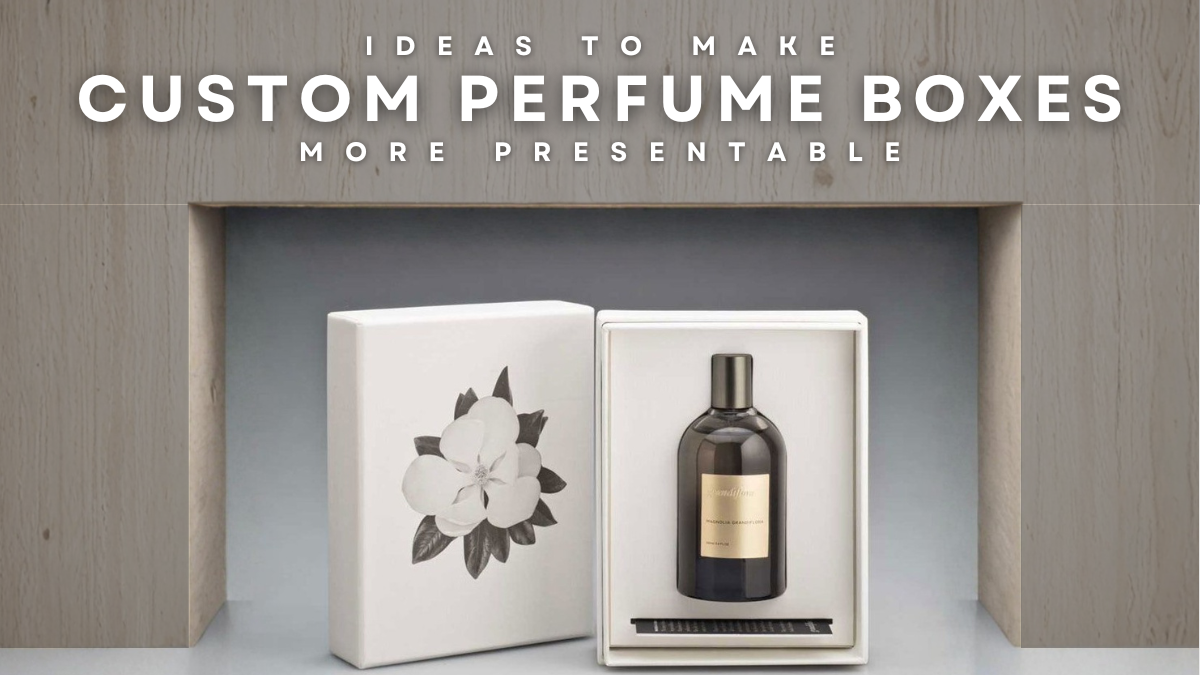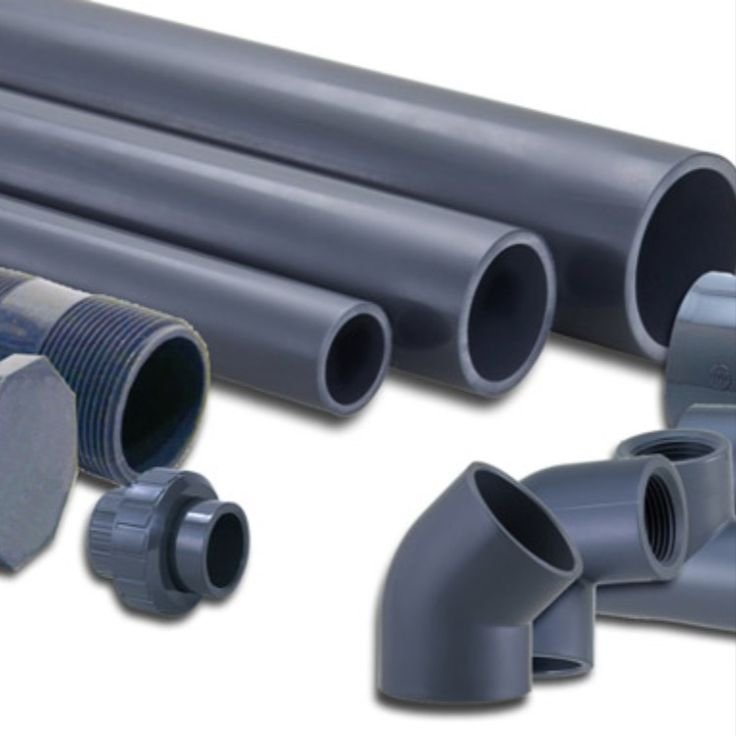A great golf umbrella is more than just a shield from rain — it’s a weatherproof workhorse that protects clubs, players, and scorecards while standing up to wind, sun, and years of regular use. In 2025, manufacturers have pushed new materials, clever engineering, and user-centric features that make choosing the right umbrella best golf umbrella for wind and rain a bit more technical — in a good way. Here’s a clear, practical guide to the features that separate premium golf umbrellas from the rest.
1. Durable, wind-tolerant frame construction
Wind failure is the number one reason umbrellas break. Look for:
-
Fiberglass ribs and shaft: Fiberglass offers superb strength and flexibility — it bends instead of snapping — making it ideal for gusty links courses.
-
Reinforced rib joints: Metal rivets or flexible connectors at stress points extend lifespan.
-
Double-shaft or vented canopy systems: Some premium designs use a double-shaft for stability; vented (or double-canopy) designs let wind pass through without turning the umbrella inside out.
Tip: Test the umbrella’s flex — a good one will bend and spring back rather than creak.
2. Large canopy size with optimal coverage
Golf umbrellas are large for a reason — they need to cover both player and bag.
-
Diameter: Premium umbrellas typically range from 62 to 68 inches when open. Bigger is better for coverage, but consider portability if you walk a lot.
-
Canopy shape: Slightly domed canopies improve runoff and help deflect wind; flat domes may flap in crosswinds.
Keep in mind: a wider canopy offers more UB Custom Umbrellas protection but can catch more wind — that’s why canopy construction and venting matter.
3. High-performance canopy fabrics
The canopy determines how well the umbrella blocks rain, sun, and wear.
-
Water repellency: Look for high-quality polyester or micro-nylon with durable water-repellent (DWR) finishes — these bead water and dry fast.
-
UV protection: In 2025, many umbrellas include UPF 50+ coatings to shield against UV rays — useful for sunny but wet days.
-
Teflon or silicone coatings: These improve stain resistance and make the fabric easier to clean.
Practical check: the fabric should feel tightly woven and not flimsy; seams should be taped or double-stitched.
4. Intelligent opening and closing mechanisms
Convenience matters when your hands are full with clubs or a scorecard.
-
Automatic open: One-touch automatic open is standard on many premium models. It’s fast and convenient.
-
Slow-close or auto-close: Slow-close features reduce wear by preventing sudden slams; an auto-close can be handy but can also trap fingers if clumsy.
-
Secure locking collar: Ensures the umbrella stays open when you need it to.
If you frequently store the umbrella in a car or cart compartment, a compact foldable model with a reliable mechanism might be preferred.
5. Ergonomic, weatherproof handles
A comfortable, secure grip is essential for wet, cold, or windy conditions.
-
Ergonomic shape: Contoured grips reduce hand fatigue during long rounds.
-
Non-slip materials: Rubberized or textured grips prevent slipping when wet.
-
Integrated extras: Some handles include stretch loops, wrist straps, or even small LED lights for early-morning tee times.
A well-balanced umbrella with a comfortable handle feels lighter in use than its actual weight.
6. Weight and portability balance
Golfers want an umbrella that’s sturdy but not burdensome.
-
Weight range: Premium full-size golf umbrellas commonly weigh between 700g and 1.2kg (1.5–2.5 lbs). Lighter models sacrifice some wind tolerance, so choose based on how you carry it — in hand, on a push cart, or stored in the bag.
-
Storage sleeve and strap: A protective sleeve and strap make it easy to attach the umbrella to a bag or cart.
If you use a lot of walking courses, prioritize a lighter model that still has strong ribs.
7. Corrosion-resistant hardware and quality finishes
Umbrellas for outdoor sports face moisture, sweat, and salt air.
-
Stainless steel or coated metals: Rust-resistant metals for the runner, stretchers, and any exposed screws.
-
Protective finishes: Powder coating or anodizing on metal parts improves longevity.
Check warranty info — a longer warranty often signals confidence in hardware quality.
8. Thoughtful extras for golfers
Small design details make big differences on the course.
-
Cart-mountable features: Some umbrellas come with clips or mounts that secure them to golf carts.
-
Reflective trim: Useful for low-light conditions or finding your umbrella in a dim bag.
-
Replaceable parts: Brands that sell replacement canopies, ribs, or handles make repairs easier and extend the umbrella’s life.
-
Color and branding options: Many golfers prefer a neutral or classic color; others want team colors or logo printing for corporate or club use.
9. Sustainability and materials transparency
In 2025, eco-conscious choices matter.
-
Recycled fabrics: Some high-end umbrellas now use recycled polyester or ocean-plastic materials.
-
Repairable design: Fewer disposable umbrellas and more modular designs that encourage repair.
-
Responsible manufacturing: Look for brands that disclose supply chain and manufacturing practices.
Sustainable options may cost more initially but often last longer — a true long-term value.
10. Warranties, support, and brand reputation
A good warranty and accessible customer service protect your investment.
-
Warranty length: Premium umbrellas often come with 1–5 year warranties covering structural defects.
-
Customer support: Easy access to replacements and parts is a plus.
-
User reviews and real-world testing: Look for models tested for wind resistance and durability by golfers, not just marketing labs.
Care and maintenance tips
To keep your umbrella in top shape:
-
Let it dry open before storing to avoid mold and hardware corrosion.
-
Rinse off salt or dirt after seaside rounds.
-
Lubricate moving parts occasionally if they start to squeak.
-
Repair minor rips early — a patch or seam sealer preserves the canopy.
Quick buyer checklist
Before you buy, make sure the umbrella checks these boxes:
-
Fiberglass ribs + reinforced joints for wind tolerance
-
Canopy diameter ≥ 62 inches for good coverage
-
Water-repellent and UPF-rated fabric
-
Comfortable, non-slip ergonomic handle
-
Reliable auto-open/slow-close mechanism (if desired)
-
Rust-resistant hardware and clear warranty/support policy
-
Optional: cart mount, replaceable parts, sustainable materials
Final thought
A top-quality golf umbrella in 2025 is the sum of small engineering wins: flexible ribs that bend but don’t break, fabrics that shed water and sun, and user-friendly details that make life on the course easier. Invest in features that match how you play — if you walk 18 holes, prioritize weight and grip; if you play seaside links, prioritize wind tolerance and corrosion resistance. With the right combination, your umbrella won’t just survive the season — it’ll become one of your most reliable golfing companions.




Leave a Reply